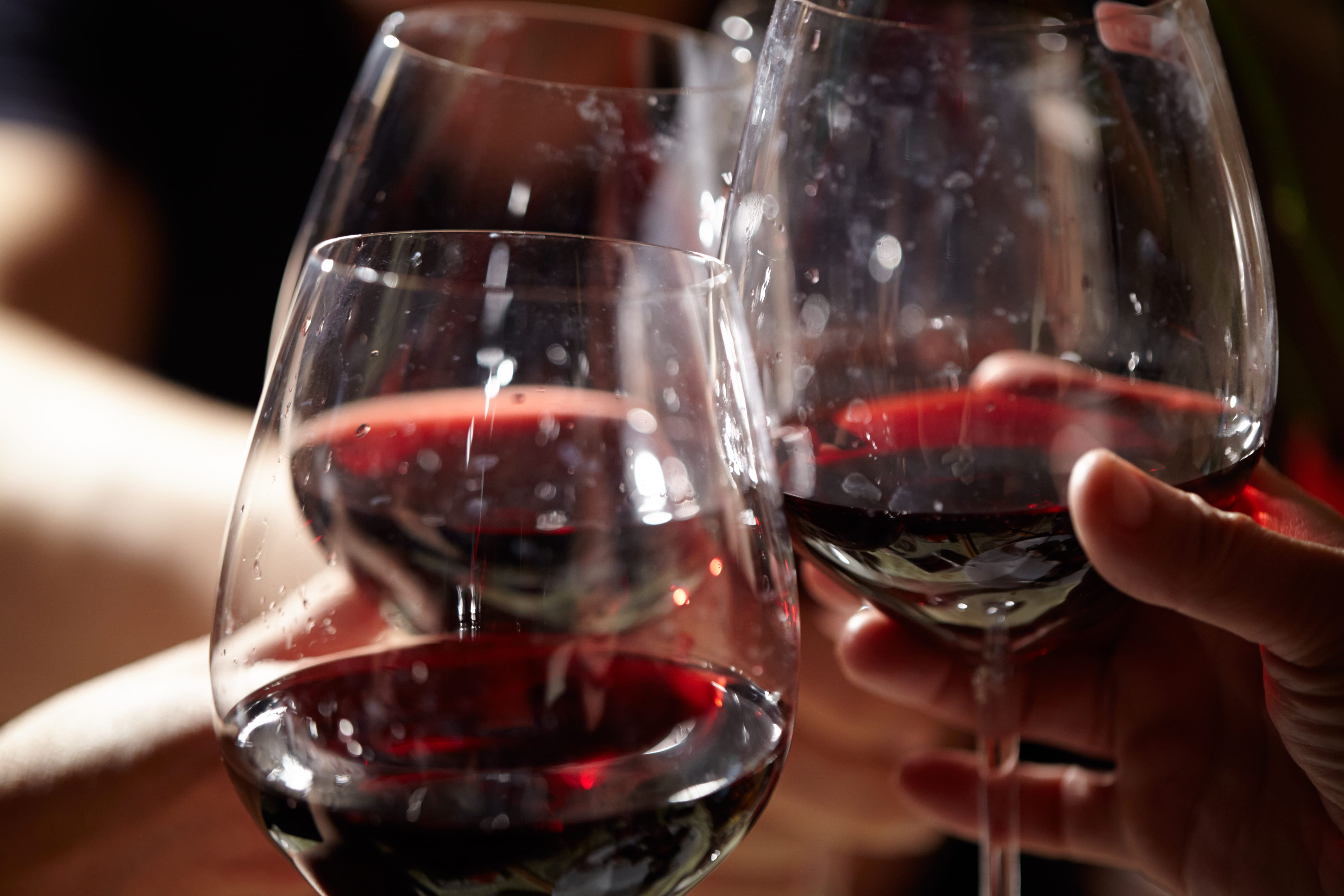Distinguishing Features of the Grapes Used in Red and White Wines The professionals that help to direct the catering services for the marine industry have known for many years that wine making calls for the availability of grapes. Knowledge of that fact aids understanding of one key difference between red and white wine. The grape’s color indicates the coloring of the flavorful beverage that it can be used to make. Typically, the experts at a marine catering company have learned that each bottled wine must be viewed as unique. Each of them has a distinct taste, texture, aroma and appearance. What factor in the process used to make the beverage in those same bottles ensures that beverage’s association with an appealing aroma and flavor? It is something called terroir.
Terms that relate to both red and white grapes The term terroir refers to a quality. It is the quality of the geological and geographic setting in which a grape vine has been grown. Regardless of its color, every grape has developed in an area with a specific terroir. The characteristics that nature has given to an area in east-central France explains the appealing qualities of the beverages produced by using the grapes in that same area. Among all the soils on the Earth, the soil in that part of France helps to explain the terroir of what the area’s winemakers produce. That particular soil has high limestone content. Centuries ago, long before any maritime catering company got treated to a blog post about wine’s basic ingredient, the landowners in one region of France used extreme precision, while laying out plots of land. Some of the plots benefited from specific geological and climatic conditions. Each such plot was called a clo, and it had a distinct climate. The term clo referred to the section of grapevines surrounded by walls of dry stone. The monks of Citeaux noted the delightful taste of the wine made from the clos in that particular region, a region known as Bourgogne. Those same monks, along with the Dukes of Bourgogne helped to promote the taste, texture and aroma of the region’s wines. Naturally, that also promoted the superior nature of the fruit grown on the region’s grapevines. Three people toasting at a restaurant.
Names associated with the fruit grown on the vines The region known as Bourgogne encompassed five different wine-growing areas. The monks of Citeaux lived in the area now known as Cote de Beaune. One of the other four areas has name that is familiar to wine-lovers: Chablis. The names of the three remaining wine-growing areas are Cote de Nuits, Cote de Chalonnaise and Maconnais. A typical expert in maritime catering management recognizes the wide-spread appeal of wines from Chablis. All of those appealing beverages were made from Chardonnay grapes. All of them are white wines. Still, Chardonnay grapes are grown in other areas as well. Take, for example, the soft white wines of Maconnais. Each of those flavorful beverages is noted for its structure and sweetness. The person that opens a bottle that contains one of the light-colored wines of Maconnais should expect to experience a fruit-like aroma. It could be one similar to the smell of an apple, a pineapple or a white peach. Not every wine from Maconnais would be described as a white wine. Those made from Gammay grapes are red wines. Gammay thrives on the granite-rich and siliceous soil that predominates in the south of Bourgogne. Winemakers in Cote de Nuits focus most of their efforts on producing and bottling a red wine. Each bottle’s contents have been created by using Pinot Noir grapes. Yet, when the professional at a marine catering company wants to pair a wine with fish or shellfish, that same expert would be wise to use a product of the area known as Cote de Chalonnaise.
The link between a wine’s origin and its classification An expert in victualling management should realize that any wine can be placed in one of four classifications. The highest level/class is called Grand Cru. In that same classification scheme, the bottles deemed Premier Gru occupy the next highest level. Village wines fill the spot below the Premier Gru. Regional wines (50% of all burgundies) have been classed in the lowest of the four levels.

